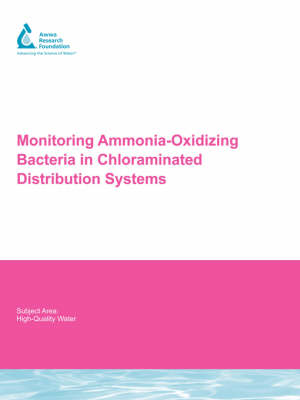Water Research Foundation Report
1 total work
Monitoring Ammonia-Oxidizing Bacteria in Chloraminated Distribution Systems
by J. Regan, A.-Y. Cho, S. Kim, and C. Smith
Published 3 August 2007
Nitrification is a common operational problem experienced by utilities that chloraminate, arising from the associated addition and release of ammonia that can support the growth of AOB. Due to the slow growth of AOB, monitoring for nitrification events has focused on surrogate parameters instead of direct AOB enumeration. These surrogates can be influenced by factors other than nitrification and detectable changes in their concentrations can lag behind increases in the AOB population.
A real-time PCR method was developed to quantify AOB, separately targeting three distinct groups. Highlights of the full-scale monitoring included the following: The results from a reservoir showed good correspondence between AOB numbers and changes in chemical indicators of nitrification. The results from two closed-loop piping systems showed a disconnect between suspended AOB numbers and chemical changes in water quality, possibly due to a significant role of biofilm-associated AOB in these systems. Flushing and breakpoint chlorination in this study showed very temporary relief of nitrification, but booster chloramination showed promising results over a several-month period.
A real-time PCR method was developed to quantify AOB, separately targeting three distinct groups. Highlights of the full-scale monitoring included the following: The results from a reservoir showed good correspondence between AOB numbers and changes in chemical indicators of nitrification. The results from two closed-loop piping systems showed a disconnect between suspended AOB numbers and chemical changes in water quality, possibly due to a significant role of biofilm-associated AOB in these systems. Flushing and breakpoint chlorination in this study showed very temporary relief of nitrification, but booster chloramination showed promising results over a several-month period.
